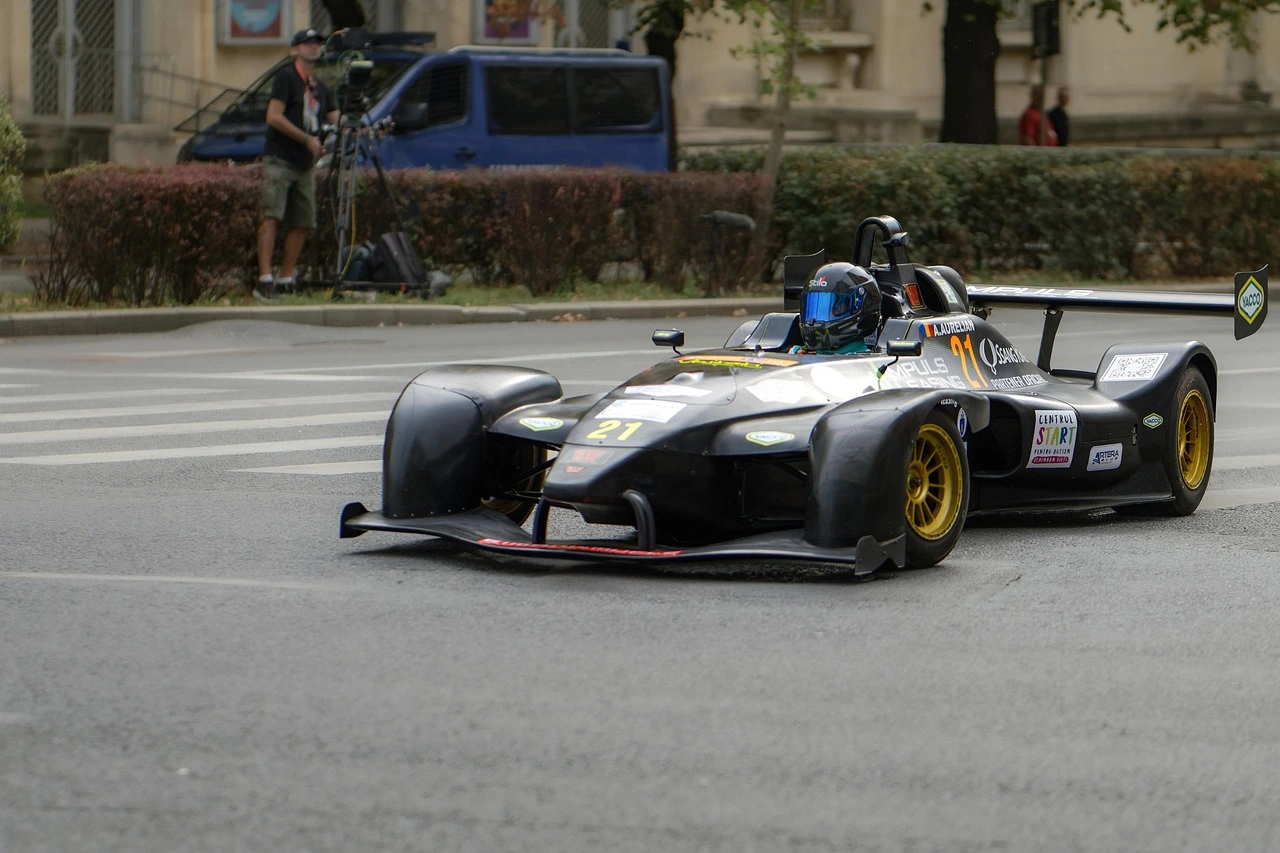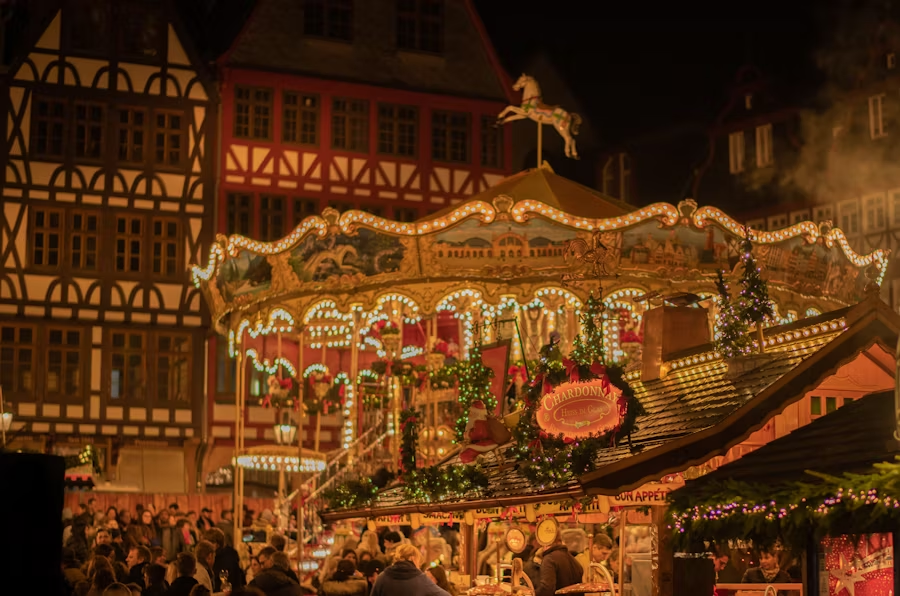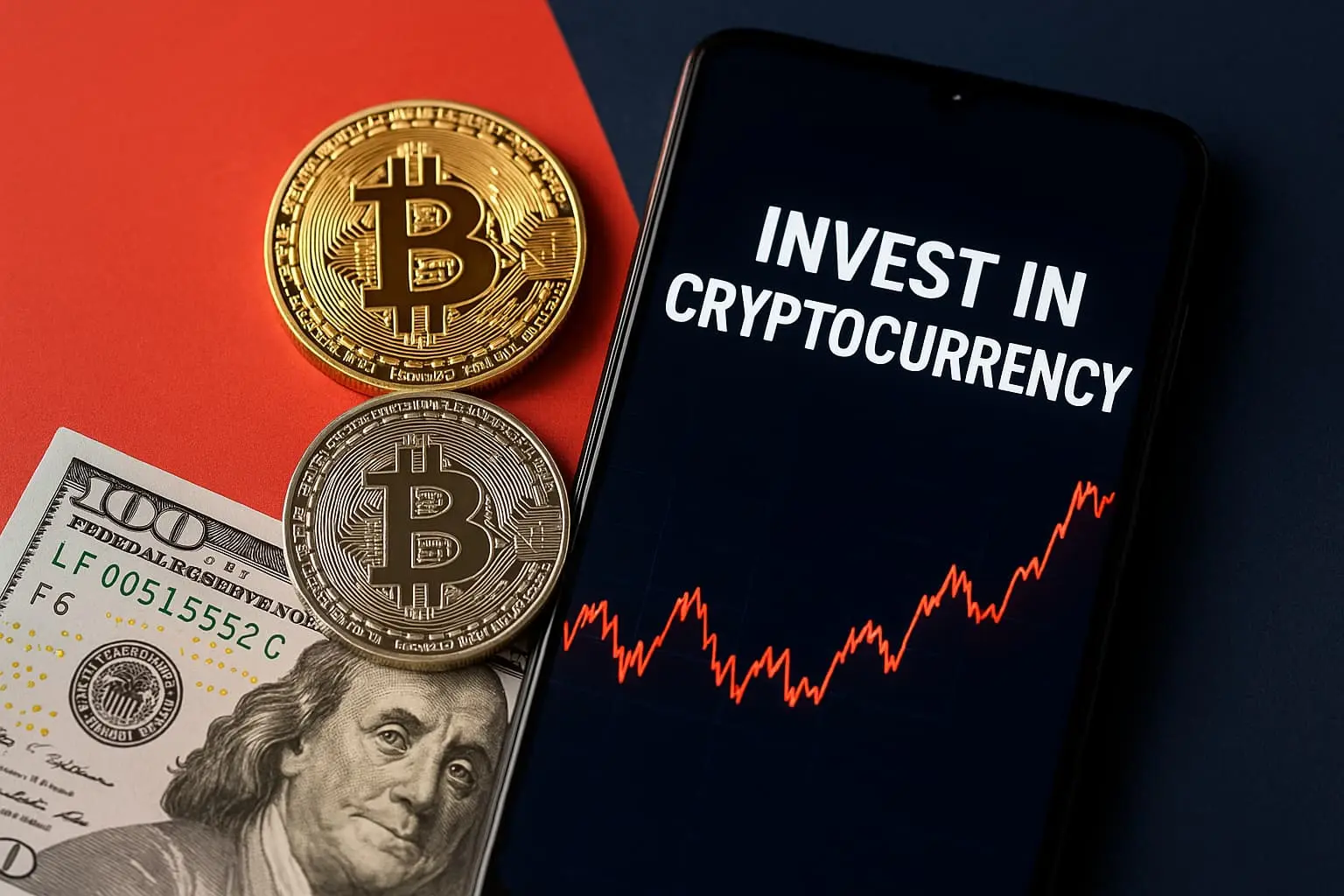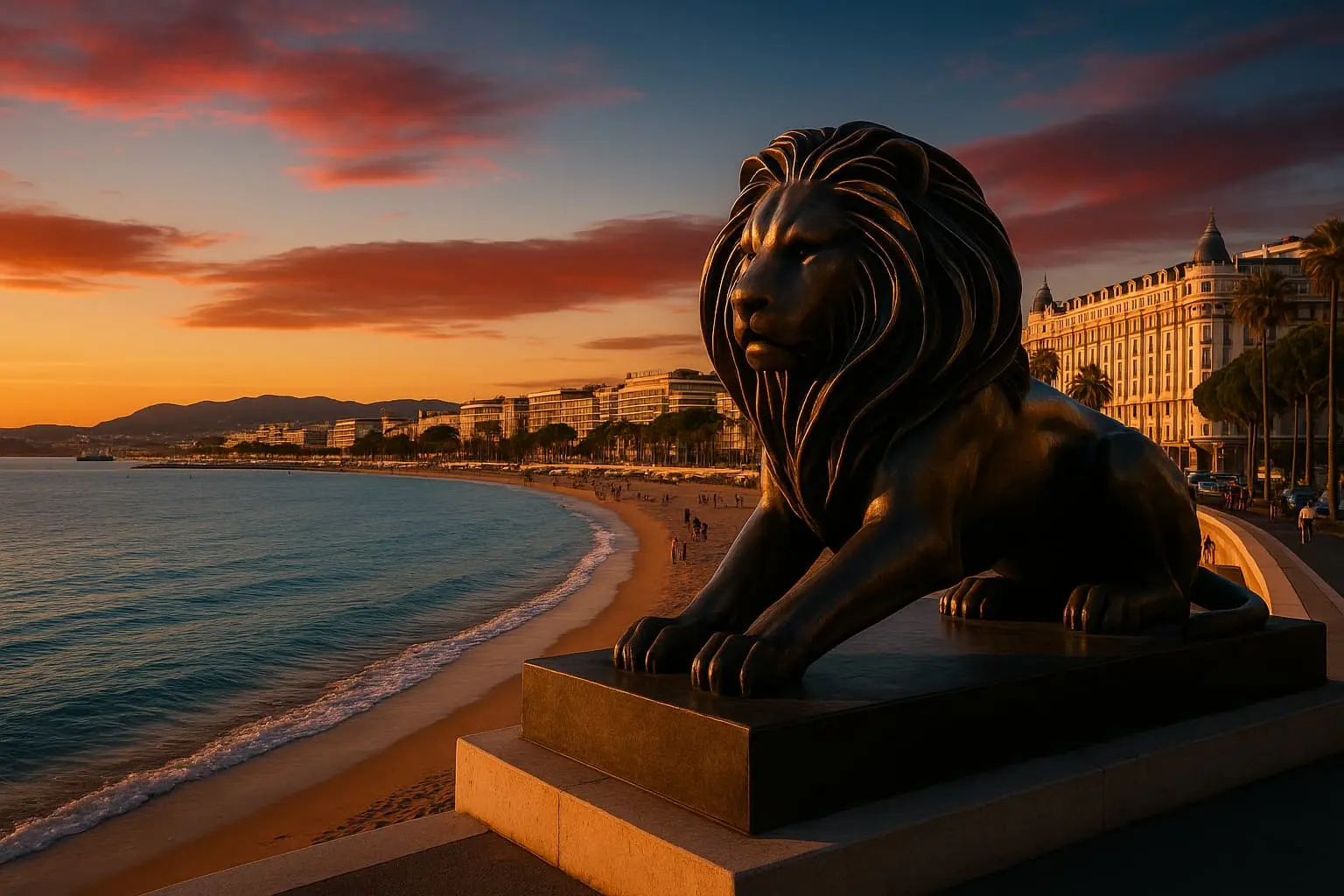The summer of 2025 promises to be a spectacular season for Formula 1 fans, with six marquee races across Europe and North America in June and July. From the passionate crowds in Barcelona to the high-speed straights of Silverstone and the scenic hills of Spa-Francorchamps, each Grand Prix offers a unique live experience that simply can’t be captured on TV. Attending a Formula 1 race in person means immersing yourself in the roar of engines, the festival-like fan zones, and the thrill of watching the world’s fastest drivers battle it out right before your eyes. Below, we highlight six summer F1 races (and their host cities) that are revving up for 2025, explaining what makes each special and offering tips for traveling fans.
Spanish Grand Prix – Barcelona (June 1, 2025)
Circuit and Atmosphere: The Circuit de Barcelona-Catalunya in Montmeló has long been a staple of the F1 calendar. It’s a technical track famous for its long sweeping Turn 3 and a mix of high- and low-speed corners that challenge teams’ car setups. The atmosphere in Spain is electric – expect grandstands full of flag-waving fans, many cheering on local hero Carlos Sainz and adopting veteran Fernando Alonso as an honorary Catalan for the weekend. The early June sun and Mediterranean vibes give the Spanish Grand Prix a summer holiday feel, and the circuit’s location just outside Barcelona means you get a lively international crowd (with many fans traveling from across Europe).
Why It’s Worth Attending: Barcelona’s race often kicks off the European leg of F1, so teams bring major car upgrades – as a spectator you might witness a breakthrough in the championship fight. Being there in person, you’ll hear the howl of engines echoing through the grandstands and feel the ground literally tremble as 20 cars launch off the grid. The Circuit de Catalunya is known for offering great viewing from many seats (it’s like a natural amphitheater in parts), and General Admission ticket-holders can climb hillside areas to catch panoramic views of multiple corners. Plus, 2025 could be a pivotal race if the title battle is tight come June. The excitement of tens of thousands of fans reacting in unison to an overtake or a pit stop blunder is something TV can’t replicate – you’ll be part of the chorus of “ooohs” and cheers.
Travel Tips: Getting There: The circuit is about 30 km north of Barcelona. On race day, Renfe trains run from central Barcelona (Sants or El Clot stations) to Montmeló village; from Montmeló station it’s a 30-40 minute walk to the circuit (comfortable shoes recommended, or hop on a shuttle if provided). Many fans also drive or take organized coach buses – plan for traffic after the race if so. Where to Stay: Barcelona is the ideal base – you can enjoy city life and just commute to the track. Book accommodation early, as the Grand Prix weekend coincides with the start of summer tourism. Local Attractions: Barcelona offers a treasure trove of experiences: admire Gaudí’s masterpieces like the Sagrada Família and Park Güell, stroll the vibrant La Rambla, or hit the city’s beaches to cool off after a hot day at the track. In the evenings, join fellow F1 fans in the tapas bars of the Gothic Quarter or El Born – you’ll hear a mix of languages as people recount the day’s qualifying or race highlights. Don’t forget to try some local Catalan cuisine (crema catalana for dessert is a must!). Attending the Spanish GP is the perfect combo of high-octane racing and a laid-back city escape.
Canadian Grand Prix – Montreal (June 15, 2025)
Circuit and Atmosphere: Next up, Formula 1 hops across the Atlantic to the Circuit Gilles Villeneuve in Montreal, Canada. Set on Notre Dame Island in the St. Lawrence River, this semi-permanent track is beloved for its park-like setting and exciting racing. The circuit’s defining feature is the final chicane leading onto the start-finish, flanked by the notorious “Wall of Champions” which has caught out many greats. Montreal in mid-June typically delivers mild weather (or sometimes surprise rain) and extremely enthusiastic fans. The city embraces the Grand Prix fully – downtown streets are closed for fan festivals, car displays, and parties all weekend. You’ll encounter a fun mix of fans: local Montrealers (knowledgeable and very proud of their race), people from across Canada and the US making the trip, and F1 pilgrims from around the world drawn by the event’s reputation.
Why It’s Worth Attending: The Canadian Grand Prix often produces unpredictable, drama-filled races (safety cars, strategic gambles, and occasional upsets – who can forget Jenson Button’s wild win in the rain in 2011?). Being in the grandstands when a bold overtake happens into the hairpin, or when a hometown favorite (could Lance Stroll or another Canadian shine?) makes a move, will give you goosebumps. The track’s layout also brings cars very close to spectators at several points, so you get fantastic up-close views – you’ll literally see the brake discs glowing red into the heavy braking zones. Montreal’s race is also known for its festive crowd: every grandstand erupts in cheers whenever there’s action, and you’ll find camaraderie among fans (even strangers high-fiving when something incredible happens). In 2025, this race falls right as the championship battle heats up, so a win or loss here can be pivotal.
Travel Tips: Getting There: The circuit is accessible via Montreal’s metro – just hop on the Yellow Line to Jean-Drapeau station. From there, it’s a pleasant 15-20 minute walk across the park to reach various grandstands (wear comfy shoes!). Many people also bike to the circuit using Montreal’s extensive bike paths. Where to Stay: Aim to stay in downtown Montreal if possible (areas like Old Montreal, Downtown, or Plateau). Hotels do fill up early for GP weekend, so consider booking a few months in advance. Alternatively, lodging across the river in Longueuil (one stop away on the metro from the track) can be a convenient and sometimes cheaper option. Local Attractions: Montreal is often praised as one of North America’s most delightful cities, blending European charm and Canadian friendliness. In between track days, wander the cobblestone streets of Old Montreal and visit the Notre-Dame Basilica, sample the city’s famous cuisine (from poutine to smoked meat sandwiches at Schwartz’s Deli), and check out the nightlife on Crescent Street – which transforms into a hub of F1 festivities and live music during race week. Also, don’t miss trying a Montreal-style bagel in the Mile End neighborhood. The Grand Prix is as much a city-wide party as a sporting event, so soak it all in!
Austrian Grand Prix – Spielberg (June 29, 2025)
Circuit and Atmosphere: Back in Europe, the end of June brings us to the Red Bull Ring in Spielberg, Austria. Tucked in the Styrian hills, this picturesque circuit (formerly known as the A1-Ring) is surrounded by lush green pastures and mountains – truly a stunning backdrop for F1. The track itself is short and blisteringly fast: just 10 corners, many of them flowing high-speed kinks and heavy braking zones that encourage overtaking. Austria’s race has become a fan favorite in recent years, partly thanks to the huge influx of Dutch fans turning it into a “sea of orange” whenever Max Verstappen is contending. With Red Bull Racing’s home base nearby, the energy is high – expect to see plenty of Red Bull and AlphaTauri team colors around. The vibe here is a bit like a countryside racing festival: somewhat relaxed and rustic but with passionate, knowledgeable spectators.
Why It’s Worth Attending: The Austrian GP often packs a punch despite its short lap – multiple laps pass in a flash, and you might witness several lead changes if the racing is close. The compact layout means you hear the roar of the crowd from the whole circuit whenever a dramatic moment occurs. One special aspect of Red Bull Ring is the natural amphitheater effect: sit on one of the grassy general admission slopes on the hillside, and you can actually see a large portion of the circuit below. It’s a great spot to picnic and watch the action (bring a blanket and sunscreen!). The atmosphere when a popular driver takes the lead is incredible – cowbells clanging, air horns blowing, and flags waving. If a Red Bull driver is on pole or wins, the post-race celebrations often include the team’s trademark flares and pyrotechnics, which is a sight to behold live. Also, being trackside in Spielberg, you get a refreshing closeness to nature – you might hear cowbells from actual cows in nearby fields mingling with the sound of F1 engines!
Travel Tips: Getting There: Spielberg is fairly remote. Many fans stay in the city of Graz (the second-largest city in Austria, about 1 hour away) and take shuttle buses or drive to the track. There are organized bus services on race weekend from Graz and Vienna. If you drive, be prepared for traffic on the narrow local roads – leaving a bit early or staying later for a post-race beer might save you some time in gridlock. Where to Stay: Besides Graz, some fans opt for camping near the circuit – Red Bull Ring has well-organized camping areas that turn into lively social gatherings at night (think BBQs, guitars, and shared beers among international fans). Book camping spots early, as they’re popular. If camping’s not your style, look at guesthouses in small towns like Knittelfeld or Zeltweg very close to the track (though those often sell out a year in advance). Local Attractions: If you’re in Spielberg for a few days, you’re in the scenic Styrian countryside – enjoy it! You can hike or mountain bike in the hills, or visit the charming Red Bull Ring museum/visitor center which often has exhibits of historic cars. Graz, with its UNESCO-listed Old Town, is worth a day trip: see the Schlossberg hill and its clock tower, and try some Styrian cuisine (the pumpkin seed oil here is famous). And of course, sample some Austrian beers – perhaps a Stiegl – while enjoying the gorgeous summer daylight that lasts late into the evening. The Austrian GP offers a delightful mix of adrenaline and alpine relaxation.
British Grand Prix – Silverstone (July 6, 2025)
Circuit and Atmosphere: Few races are as iconic as the British Grand Prix at Silverstone Circuit. Known as the “Home of British Motorsport,” Silverstone hosted the very first F1 World Championship race in 1950 and has been delivering high-speed drama ever since. The track is a legendary high-speed challenge – from the sweeping Maggotts-Becketts esses (which drivers navigate in rapid left-right transitions that will make your jaw drop) to the famous Copse and Stowe corners, Silverstone is all about flow and flat-out courage. For fans, attending Silverstone is almost a pilgrimage. The atmosphere is among the best in the world: huge, knowledgeable crowds (race day attendance often tops 150,000 – in fact, the 2023 British GP saw a record 480,000 attendees over the weekend) create a wall of sound. British fans cheer every overtake and especially roar for British drivers; a Lewis Hamilton victory celebration here is deafening and emotional. Even if you’re not British, you’ll be adopted by the crowd’s enthusiasm – everyone is welcome to share in the motorsport lovefest.
Why It’s Worth Attending: Silverstone offers an unparalleled festival experience. Beyond the on-track action (which is usually fantastic – recent British GPs have had late-race thrills and dramatic twists), the event organizers put on concerts, stunt shows, and even have family zones, making it a full four-day event. On track, you’ll witness F1 cars at their absolute best, cornering at eye-watering speeds. Stand trackside at Maggotts/Becketts and you’ll literally gasp as the cars flick left-right-left in an instant. The sense of history here also adds to the moment – you’re sitting where legends like Senna, Schumacher, and Clark have raced. If a British driver gets on the podium, get ready for an unbelievable eruption of cheers and flag-waving (the Union Jack displays are everywhere). And even if not, the post-race track invasion is a tradition: fans often flood the circuit after the race to cheer beneath the podium and grab a piece of trackside signage as a souvenir. You’ll feel like a part of F1 history.
Travel Tips: Getting There: Silverstone is in Northamptonshire, England, roughly 90 minutes drive northwest of London. There’s no train station on-site (the nearest is Milton Keynes or Northampton), but on race weekend many shuttle buses run from London, Milton Keynes, or park-and-ride lots. Driving to official parking is an option (passes must be booked), but be ready for a slow exit due to traffic. Where to Stay: Many attendees camp trackside – Silverstone has multiple campsites turning into mini pop-up towns of fans. If comfort camping (“glamping”) is your thing, options with pre-pitched tents exist. Otherwise, hotels in the area (Milton Keynes, Northampton, even Oxford) get snapped up quick and often impose minimum stays. Some creative fans even stay in London and take an early train+bus combo on race day. At the Track: Silverstone is a large, sprawling circuit. Wear comfortable shoes because you’ll walk a lot, especially if you explore different vantage points during practice days. Prepare for all weather – British summer is unpredictable. You might need a rain poncho in the morning and sunscreen by afternoon. Bring ear protection (those engines may be turbo-hybrid now, but trackside they’re still loud in packs). One perk at Silverstone: you’re allowed to bring in reasonable amounts of food and drink, so packing a picnic can save some pounds (though do try the circuit’s fish & chips or a Cornish pasty at least once for the British experience!). Local Attractions: Should you have extra time, the Silverstone Interactive Museum at the circuit is a fun exploration of motorsport history. In the region, you could visit the quaint Silverstone village or the larger town of Northampton. London is close enough for a day trip if you extend your stay – catch the sights or celebrate a great race weekend in the capital’s pubs. Ultimately, the British GP is about the event itself; it’s like a gigantic racing carnival where you’ll make memories (and maybe a few new friends in the campground) to last a lifetime.
Hungarian Grand Prix – Budapest (July 20, 2025)
Circuit and Atmosphere: Next on the tour is the Hungaroring, located just outside Budapest, Hungary. The Hungarian Grand Prix has a special place in F1 lore: in 1986 it became the first Formula 1 race ever held behind the Iron Curtain, introducing the sport to Eastern Europe amid much fanfare. The Hungaroring is a tight and twisty 4.4 km circuit often likened to “Monaco without walls” for its lack of long straights and its continuous string of corners. Overtaking here can be challenging, but that often leads to strategic races – and when an overtake does happen, it’s usually brilliant and hard-fought. The atmosphere is famously friendly and boisterous. Expect a huge contingent of international fans, notably a strong Finnish presence historically (dating back to the days of Mika Häkkinen and Kimi Räikkönen – Finnish fans love coming to Hungary), as well as many Dutch, German, and of course Hungarian fans. You’ll see flags from across Europe creating a rainbow in the grandstands. In the summer heat of late July, the race has a bit of a vacation vibe – many fans treat it as a combined race holiday.
Why It’s Worth Attending: Budapest is a fantastic host city (more on that below), and the Hungaroring offers an appealing mix of on-track excitement and off-track relaxation. The race itself can be unpredictable – often hot and dusty, sometimes spiced up by summer thunderstorms. As a spectator, you might witness an underdog driver shine here (the Hungaroring has produced surprise winners in the past). If you choose a spot at Turn 1 or 2, you’ll see plenty of action – first-lap jostling and overtaking attempts as drivers dive into the tight hairpin. The open seating areas on the hillsides provide a convivial experience; don’t be surprised if you end up sharing homemade pálinka (Hungarian fruit brandy) or a cold beer with local fans next to you. The sheer enthusiasm of the crowd is memorable – Hungarian fans waited decades to see one of their own in F1, and in 2023 that dream came true with a local driver in practice sessions, so national pride is strong. Every time a car passes, you’ll hear cheers, air horns, and maybe the chant of “RIA, RIA, HUNGARIA!” from the home crowd. It’s a genuinely warm atmosphere that makes even strangers feel like friends.
Travel Tips: Getting There: The Hungaroring is in Mogyoród, about 20 km northeast of Budapest. During race weekend, special buses (usually the Volánbusz shuttles) run from central Budapest (Árpád Bridge area) directly to the circuit entrance – it’s an easy and cheap option. Alternatively, you can take the suburban train (HÉV) towards Gödöllő and get off at Kerepes or Mogyoród station, then either walk ~30 minutes or catch a taxi to the track. Driving is also possible (the circuit is right off the M3 highway), but parking passes must be arranged and traffic leaving can be a slow crawl. Where to Stay: The majority of fans stay in Budapest, which has accommodations to suit every budget – from hostels in the party district to luxury hotels with Danube River views. Budapest’s popularity means July is high tourist season; book early if you can. Staying in the city gives you the best of both worlds: race excitement by day and city fun by night. Some hardcore fans do camp near the circuit (there are campgrounds where the revelry goes on into the wee hours), but the summer heat and limited facilities can make that challenging unless you’re prepared. Local Attractions: Budapest is a gem. You absolutely should carve out time to enjoy it. Relax your tired body after a day at the track in one of the famous thermal baths – Széchenyi Baths in City Park is iconic, where you can soak in warm mineral water and even play chess on floating boards. Explore the historic Buda Castle and Fisherman’s Bastion for stunning views over the city, and cross the Chain Bridge to the bustling Pest side for shopping or nightlife. Hungarian food is hearty and delicious: try goulash soup, chicken paprikash, or langos (fried dough with toppings) at the Central Market Hall. At night, the city’s ruin bars (quirky pubs in dilapidated buildings, like the famous Szimpla Kert) come alive – and you’ll likely bump into fellow F1 fans there continuing the race debates over drinks. As for the race schedule, note that it’s usually a summer double-header with the Belgian GP following immediately – many fans do both, hopping from Budapest to Spa. If you do the Hungarian GP, you’ll understand why it’s been on the calendar continuously since 1986: great city, great atmosphere, and a truly welcoming vibe for travelers.
Belgian Grand Prix – Spa-Francorchamps (July 27, 2025)
Circuit and Atmosphere: Last but certainly not least, the Belgian Grand Prix at Spa-Francorchamps is often cited as a favorite by both drivers and fans. This is hallowed ground for motorsport. Spa is a classic, old-school track snaking through the Ardennes forest in eastern Belgium, and it remains the longest circuit on the F1 calendar at 7.004 km. Legendary corners define it: Eau Rouge-Raidillon – that steep uphill sweep that drivers take flat-out, compressing at the bottom and then climbing dramatically – is arguably the most famous sequence in F1, known to thrill and test the brave. Corners like Pouhon and Blanchimont further showcase the extreme grip and speed of modern F1 cars. The weather at Spa is capricious; it’s said it can rain on one part of the track while another part stays dry, which often leads to unpredictable races. The fan atmosphere here is a mix of festival and endurance test (for both cars and spectators!). Spa draws a huge crowd of dedicated fans from across Europe – notably, an army of Dutch “Orange Army” fans has been attending in recent years to cheer Max Verstappen, given Spa’s proximity to the Netherlands. You’ll also find many Brits, French, Germans, and of course Belgians. Despite recent talks about its future, Spa remains hugely popular: a record 265,000 spectators turned out over the 2017 race weekend, highlighting how beloved this Grand Prix is.
Why It’s Worth Attending: Spa offers a visceral racing experience. First, the setting is gorgeous – rolling green hills and dense woods, almost like a racetrack dropped into a national park. When you camp or stand on a grassy bank, you truly feel connected to nature and racing heritage simultaneously. Hearing F1 cars blast through Eau Rouge in person is something every fan should do once; the change in elevation is so steep that no TV camera does it justice (you might find yourself marveling “how do they even get F1 cars up there?” as one Reddit user mused). At Spa you’ll witness drivers on the limit – because only the greats truly conquer this track. The wheel-to-wheel battles on the Kemmel straight, brave overtakes into Les Combes, and yes, sometimes dramatic crashes or rain chaos, all make for high drama. The crowd adds to it: Spa’s fans are loud and passionate. If a Ferrari or Red Bull takes the lead at the bus stop chicane, you’ll hear the cheers all through the forest. In 2025, Spa being mid-summer, there’s hope for nice weather, but a bit of rain could spice things up – and everyone in the stands will don ponchos and stick it out, because that’s part of the adventure. Surviving Spa’s elements together builds a camaraderie among fans. By the end of the weekend, you might be sharing frites and beers with folks who were strangers on Friday and friends by Sunday.
Travel Tips: Getting There: Spa-Francorchamps circuit is located in the Ardennes, about 50 km from Liège and 140 km from Brussels. It’s not the easiest without a car. Many fans drive or take organized coach tours. If relying on public transport, the usual route is a train to Verviers (from Brussels or Liège) and then a special shuttle bus to the circuit (they run on race weekend but can be crowded). Another option is to stay in towns like Spa or Stavelot which are very close and have shuttle buses or even the possibility to walk to certain circuit entrances. Where to Stay: This is the time to embrace camping if you can – Spa has numerous campgrounds around the circuit that turn into round-the-clock fan zones. Camping at Spa is almost as famous as the race; expect BBQs, impromptu parties, and die-hards talking racing into the night. If camping’s not for you, book hotels or B&Bs as early as possible (places in Spa town, Malmedy, Stavelot, or even across the border in Aachen, Germany or Maastricht, Netherlands are used by fans). Keep in mind, prices can surge on GP weekend. At the Track: Spa is a huge circuit, so you might not get to see it all without some hiking. There are popular viewing spots at Eau Rouge (truly a must-see angle), along the Kemmel straight, and at Pouhon where cars sweep by at high speed. Pack for variable weather: a clear morning can turn into a downpour by afternoon. Bring waterproof gear and layers. Also, wear sturdy footwear – the terrain is hilly and can get muddy if wet. But the payoff is breathtaking views. Local Attractions: The Ardennes region is peaceful and beautiful. If you stay in Spa town, check out the thermal baths that gave the town (and all “spa” resorts) its name – a soak in warm mineral waters is great after a long day on your feet. Spa also has a quaint casino and lovely parks. The local cuisine is hearty – try Belgian waffles for breakfast and Ardennes ham or game meat for dinner. And of course, Belgium is beer country: savor some Trappist ales or the local Spa beer while recounting the day’s racing excitement around a campfire. One pro-tip: on your way out, if Monday is free, avoid the Sunday traffic exodus and instead visit the nearby Circuit de Spa-Francorchamps museum in Stavelot Abbey or take a drive through the scenic countryside. This way, you wrap up your summer F1 tour on a relaxed note.Finally, attending these races is not just about the competition on track, but the journey and the people you meet. Each Grand Prix destination offers a distinct flavor – be it the tapas and architecture of Barcelona, the nightlife of Montreal, the alpine charm of Austria, the storied legacy of Silverstone, the cultural riches of Budapest, or the natural beauty of Spa. By hitting the road (or skies) to follow Formula 1 in summer 2025, you’re signing up for an unforgettable adventure that blends sport, travel, and camaraderie. So pack your earplugs, country flags, and sense of adventure – and get ready to make lifelong memories at the races!









Leave a Reply